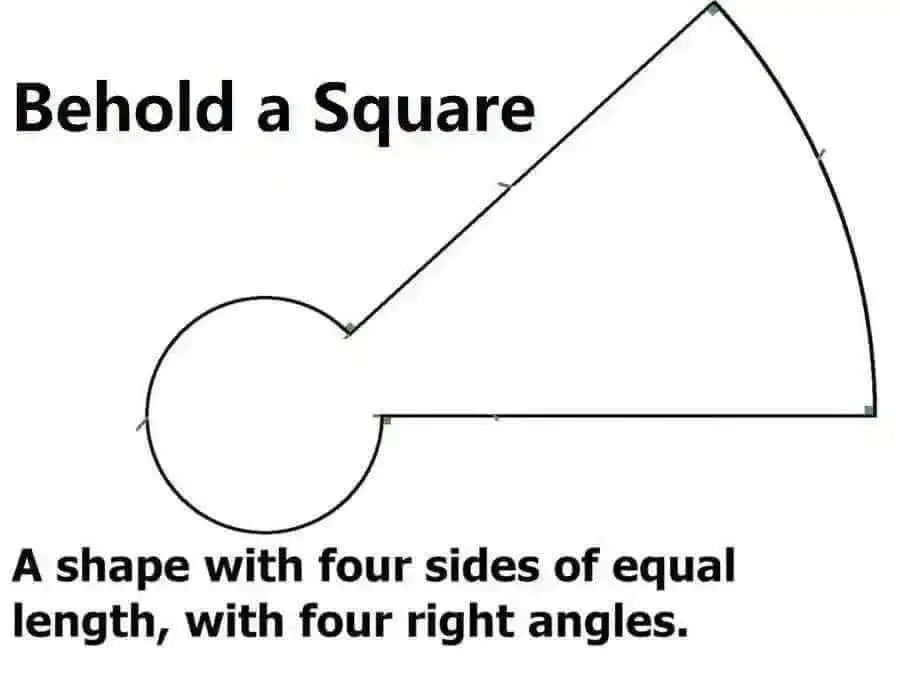this post was submitted on 07 Oct 2024
278 points (83.4% liked)
Science Memes
10988 readers
2568 users here now
Welcome to c/science_memes @ Mander.xyz!
A place for majestic STEMLORD peacocking, as well as memes about the realities of working in a lab.

Rules
- Don't throw mud. Behave like an intellectual and remember the human.
- Keep it rooted (on topic).
- No spam.
- Infographics welcome, get schooled.
This is a science community. We use the Dawkins definition of meme.
Research Committee
Other Mander Communities
Science and Research
Biology and Life Sciences
- [email protected]
- [email protected]
- [email protected]
- [email protected]
- [email protected]
- [email protected]
- [email protected]
- [email protected]
- [email protected]
- [email protected]
- [email protected]
- [email protected]
- [email protected]
- [email protected]
- [email protected]
- [email protected]
- [email protected]
- [email protected]
- [email protected]
- [email protected]
- [email protected]
- [email protected]
- [email protected]
- [email protected]
- !reptiles and [email protected]
Physical Sciences
- [email protected]
- [email protected]
- [email protected]
- [email protected]
- [email protected]
- [email protected]
- [email protected]
- [email protected]
- [email protected]
Humanities and Social Sciences
Practical and Applied Sciences
- !exercise-and [email protected]
- [email protected]
- !self [email protected]
- [email protected]
- [email protected]
- [email protected]
Memes
Miscellaneous
founded 2 years ago
MODERATORS
you are viewing a single comment's thread
view the rest of the comments
view the rest of the comments

What are the 4 sides?
The black lines
The semi-circle is one side, then the 2 straight edges, and the arc between them is the 4th side.
That's what I thought. The only way on which this has four sides is if the semi -circle is a side. But if that's the case, then I don't know wha the definition of "side" is
Knock knock. Do you have a moment to discuss non-euclidean geometry?
/slams door
Someone may want to double-check my math on this one, but the length of the sides will be dependant on the radius of the smaller circle
I look at your diagram and see:
And
I solved those (using substitution, then the quadratic formula) and got
Whether or not a negative length is meaningful in this context is an exercise left to the reader
Giving (for L=5.44):
I'm surprised that it solved to a single number, maybe I made a mistake.
That lines up pretty similarly with what I found also. The angle should be a constant since there is only one angle where the relationship would be true. I just left it in terms of π because I try to avoid rounding.
Having said that, L would be a ratio of r; which I think lines up with what you found as well.